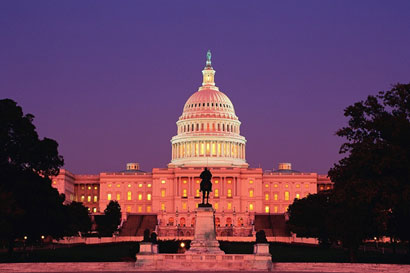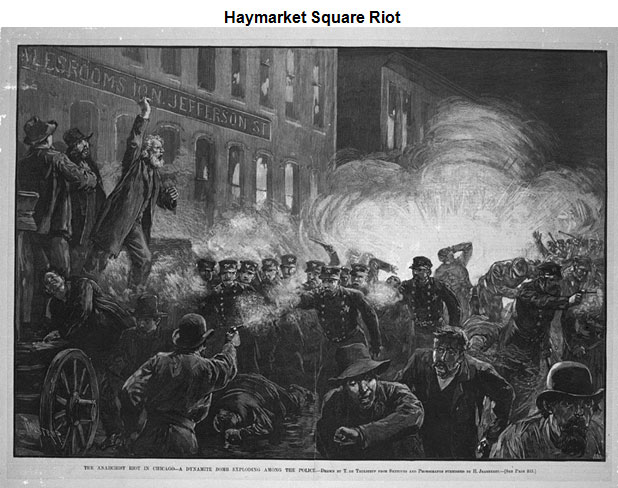
In this section, you will examine various methods that allow citizens to participate in the democratic process. One example is lobbying, the practice of influencing government policy at the local and state level.

Many times, citizens need assistance in communicating their needs to the elected officials that represent them. Lobbying involves organized groups who work together to impact government decisions about specific issues. Lobbyists can advocate for citizens on many issues, such as health care, minimum wage, foreign policy, and voting rights.
Lobbying is important to the democratic process because it is another method that citizens have to use their political power.
Throughout this lesson, you have seen examples of protests. Protesting has been a method that many groups and organizations have used to gain attention for political causes. At times, protests have become violent, causing injury and sometimes death.
The Haymarket Square Riot, pictured below, occurred in 1886. The riot started as a peaceful protest against the long hours that workers were required to work. The protest ended in violence where many police officers and civilians were killed.

Source: HaymarketRiot-Harpers, Malik Shabazz, Wikimedia
Throughout history, there have always been supporters of nonviolent protests as a method to cause change. Click on the link below to learn more about the prominent 10 nonviolent protests throughout history.
Time Magazine's Top 10 Nonviolent Protests
Many of the nonviolent protests in the photo gallery came from the civil rights movement of the 1960s. Martin Luther King, Jr., one of the movement’s most influential leaders, professed nonviolence. He encouraged his followers to practice nonviolent protests.
Click on the link below to watch a video about nonviolent protests.
![]() Historic Greensboro Lunch Counter Sit-In
Historic Greensboro Lunch Counter Sit-In
Let’s reflect: How did the four students demonstrate nonviolent protest? How did the lunch counter managers respond initially? What was the long-term impact of the nonviolent protest?
